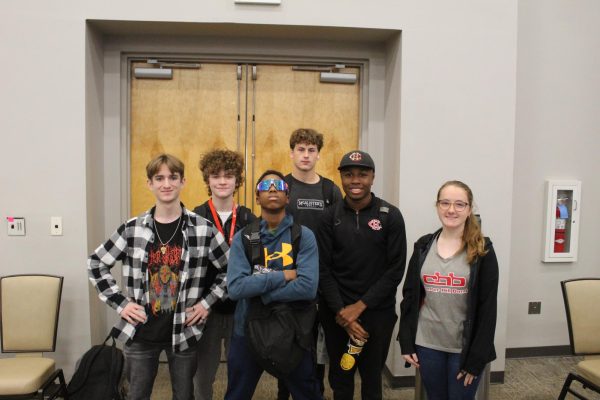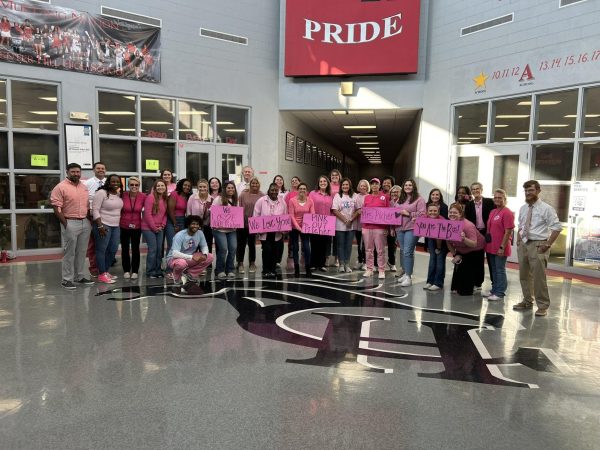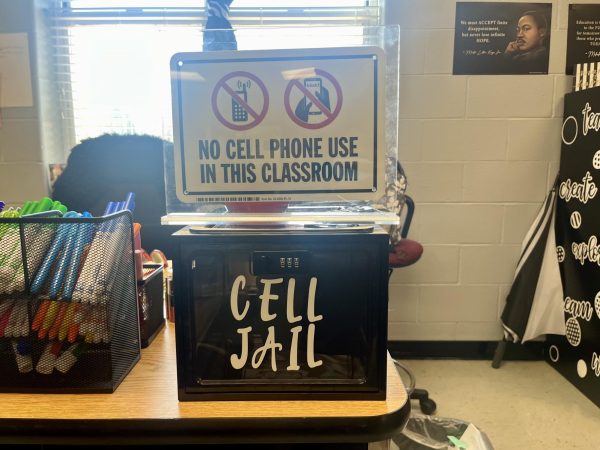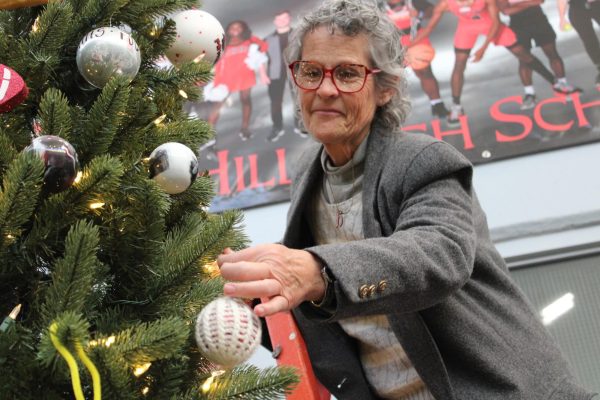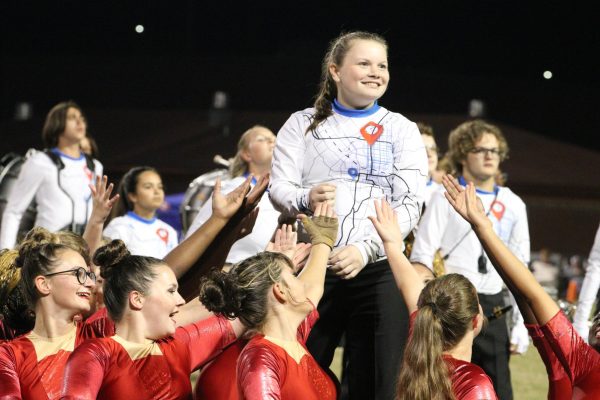CHHS students to witness historic solar eclipse
On Aug. 21, Center Hill High School students will have the opportunity to witness a solar eclipse.
“Safety is our number one priority,” Principal Doug Payne said. “We will provide safety glasses to all our students so they may safely watch the eclipse.”
The solar eclipse, in which the moon will move in front of the sun and block out almost all of the sun’s light, will be a rare occurrence for this area. According to NASA, the last time there was a solar eclipse visible for most of the United States was 1994, meaning this eclipse will be a special opportunity.
While the eclipse will be visible locally, it will actually only have a 90% totality in this area. This is because North Mississippi is just outside the Line of Totality, which is the center of the moon’s shadow. The closest area that will be in this line is Nashville.
The reason that solar eclipses are not more common is because they require three conditions. Those conditions, as described by Vox, are:
1. A new moon
2. The moon must cross the plane of Earth’s orbit.
3. The moon’s distance from the earth
Once these conditions are met, a solar eclipse can occur.
When the moon is in the “new” phase, the dark side, the side not being lit up, is already facing the earth. However, eclipses don’t happen every time there is a new moon. The reason for that is why condition No. 2 must be met. The moon’s orbit doesn’t line up with the earth’s orbit, meaning that the moon’s shadow completely misses the earth most of the time. There are two points in the orbit that do line up with that of the Earth’s, however. These points are called nodes. That’s where the moon needs to be for a solar eclipse. When the moon lines up with a node, it must be between the Earth and the sun, and it must be very close to the Earth. This is how totality is experienced.
A solar eclipse is relatively safe to view from anywhere. There are, of course, several precautions one should take to protect their eyes. The sun has harmful rays that could damage your eyes if you stare at it for prolonged amounts of time. The sun may be covered by the moon, but it’s still dangerous to stare at the sun before and after totality. As long as you take the right precautions, you can watch the eclipse in its entirety, safely. Eclipse2017.org offers these tips to safely view the eclipse:
• Don’t try to view it without glasses until the eclipse is at totality. If you’ve never seen an eclipse, wait until someone tells you when to remove your glasses.
• Bring a jacket. When the moon covers the sun, it’s almost like night time, and the temperature drops and it gets much colder. Animals will actually react as if it’s nighttime. You may hear crickets and frogs chirping like at night, and you may see animals begin to roost.
• Some people react strongly during an eclipse. It’s a strange and powerful sight, so don’t feel bad if you react in an emotional way. Similarly, don’t loaf around when the eclipse is at its climax. You may never see something like this ever again, and you’ll want to remember every second.
Payne said signed permission slips will allow students to go outside and view the eclipse. Those who don’t get their slip signed will sit in the cafeteria and watch it on TV.
In the event of rain, Payne said the school will broadcast the eclipse on Channel One, so students will still have an opportunity to view the “rare and historic occurrence.”
Helping NASA
Would you like to help NASA collect data for the eclipse to learn more about how the world works? NASA would love to have data from anywhere the sun is visible, even if it’s not within the line of totality.
“No matter where you are in North America, whether it’s cloudy, clear or rainy, NASA wants as many people as possible to help with this citizen science project,” said Kristen Weaver of nasa.gov. “We want to inspire a million eclipse viewers to become eclipse scientists.”
All NASA needs you to do is download the GLOBE Observer app and bring a thermometer. Once you download the app, you can register and become a citizen scientist. The app will guide you through everything you need to do.
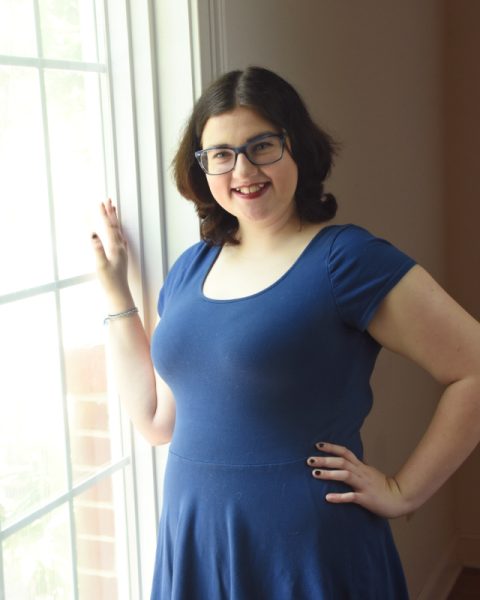
Kayleigh Miron
Staff/Reporter, The Pony Express.
Kayleigh Miron was a staff reporter for The Pony Express. Miron was a member of the Class of 2018.

